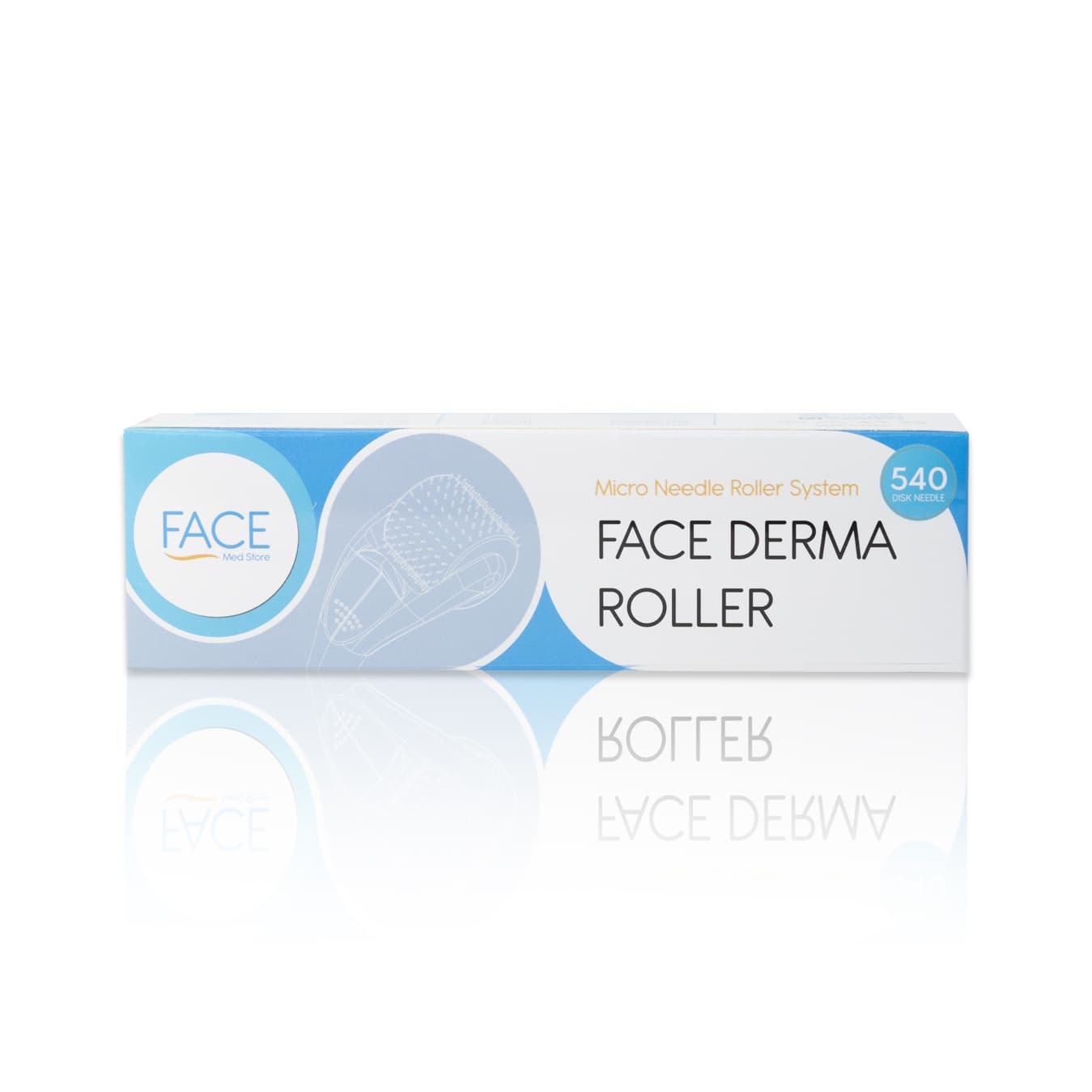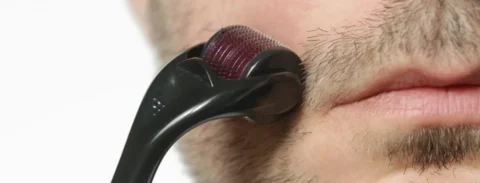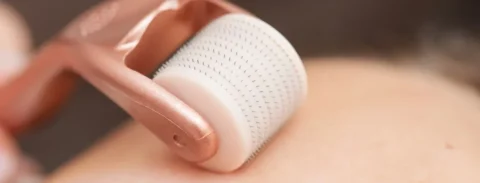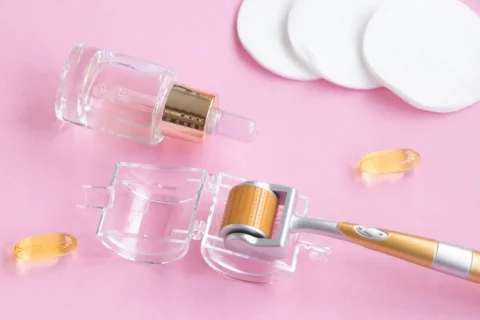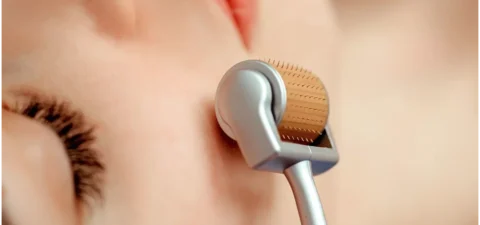Microneedling with a derma roller involves literally puncturing your skin repeatedly with tiny needles! The mere thought is enough for anyone to have second thoughts about dermarolling.
Still, our experience at Face Med Store shows that when performed correctly, dermarolling can have transformative effects on the skin without leading to damage or discoloration. However, improper use does pose risks.
We’ve shared expert advice on how to avoid potential damage and hyperpigmentation here. You’ll get the facts on why side effects occur, their frequency, and most importantly, what precautions you must take.
Do derma rollers cause skin damage and hyperpigmentation?
Yes, it’s possible for dermal rollers to cause skin damage and hyperpigmentation. According to our expert opinion, there is some risk of bleeding, inflammation, hyperpigmentation, and other side effects if derma rollers are improperly used.
The small wounds created by the needles can potentially trauma the skin and activate the body’s wound-healing response. This leads to an increase in melanin production as the skin works to repair and protect itself, resulting in hyperpigmentation, especially in people with darker skin tones.
- A systematic review examining the potential adverse effects of microneedling, which includes the use of derma rollers, found that the procedure can lead to side effects such as bleeding, inflammation, and hyperpigmentation when not performed correctly.
- The study also noted that “tram-track” scarring, a form of skin damage, was more likely to occur with the roller than with other microneedling devices, suggesting technique should be prioritized.
So, to confirm all our findings, skin damage and discoloration become known risks if dermarolling is not done with proper technique and care.
However, we’ve found most side effects can be avoided by using the right needle size for your skin, proper disinfection, gentle pressure, and diligent aftercare. When performed correctly under medical guidance, dermarolling is generally safe for most skin types.
But it’s vital to be aware of the risks and use derma rollers cautiously to prevent trauma, bleeding, and hyperpigmentation. Consulting a dermatologist is highly recommended, especially for high-risk individuals. With careful use, you can harness the skin benefits of these devices while avoiding potential damage.
What are the risks of dermarollers causing skin damage and hyperpigmentation?
Based on our research and reviews, there are a few ways dermarolling can potentially lead to skin injury and pigmentation:
- Firstly, accidentally puncturing the epidermis too severely can trigger inflammation and collagen deposition as part of the skin’s natural healing process. Studies show inflammation stimulates an increase in melanin production, often resulting in hyperpigmentation.
- Additionally, using an improper needle length or applying too much pressure when rolling can actually tear the skin, causing bleeding, scarring, and even permanent depressions. The FDA warns that skin damage like bleeding and bruising is a common risk with microneedling.
- Failing to properly disinfect the microneedling device is another major risk factor for infection, extreme inflammation, and subsequent skin discoloration. Bacteria can easily be introduced into the microscopic wounds created during needling.
- Finally, inadequate aftercare like insufficient hydration and sun protection makes it harder for the skin to heal smoothly. The FDA advises this can worsen any initial damage caused during needling and promote hyperpigmentation.
How common is skin damage and hyperpigmentation from derma rollers?
Although dermarolling carries some inherent risks, research indicates serious side effects seem relatively uncommon when performed correctly under medical supervision.
A book on microneedling published by the NCBI states complications are typically negligible, with adverse effects like hyperpigmentation less common than with laser treatments.
So while clinical studies show professional derma rolling is generally well-tolerated, certain groups are clearly at higher risk for complications like hyperpigmentation.
Are there precautions to prevent skin damage and hyperpigmentation with dermarolling?
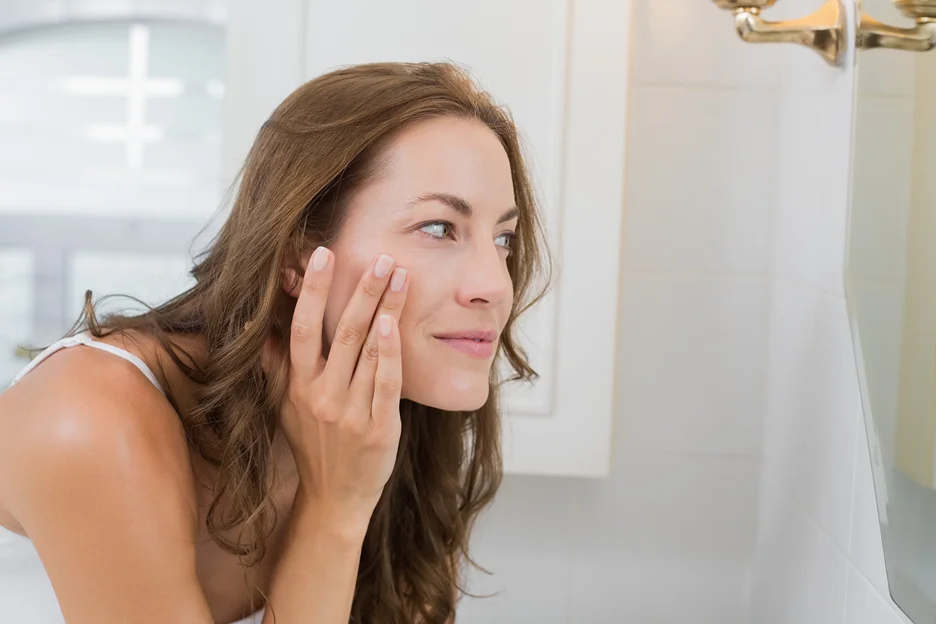
The good news is that with careful use, it’s possible to minimize risks and harness the collagen-boosting benefits of dermarolling for most skin types. Here are some key precautions we recommend based on our expertise:
- Thoroughly disinfect the dermaroller before and after each use to prevent infection
- Avoid needling over irritated, sunburned, or broken skin
- Apply antioxidant and vitamin C serums before needling to assist healing
- Use gentle pressure and technique to avoid tearing the skin
- Limit treatment to once every 4-6 weeks to avoid traumatizing the skin
- Avoid sun exposure and use broad spectrum SPF 30+ after treatment
- Stay hydrated and use gentle, fragrance-free products during healing
- Consult a dermatologist if concerned about risk factors for hyperpigmentation
Get the Most Benefits From Dermarolling While Minimizing the Risks

At Face Med Store, our goal is to help professionals provide the latest skin solutions while avoiding complications. We offer derma rollers designed for gentle, effective treatment. Reach out to us today to upgrade your supplies and provide safe microneedling services to clients.
